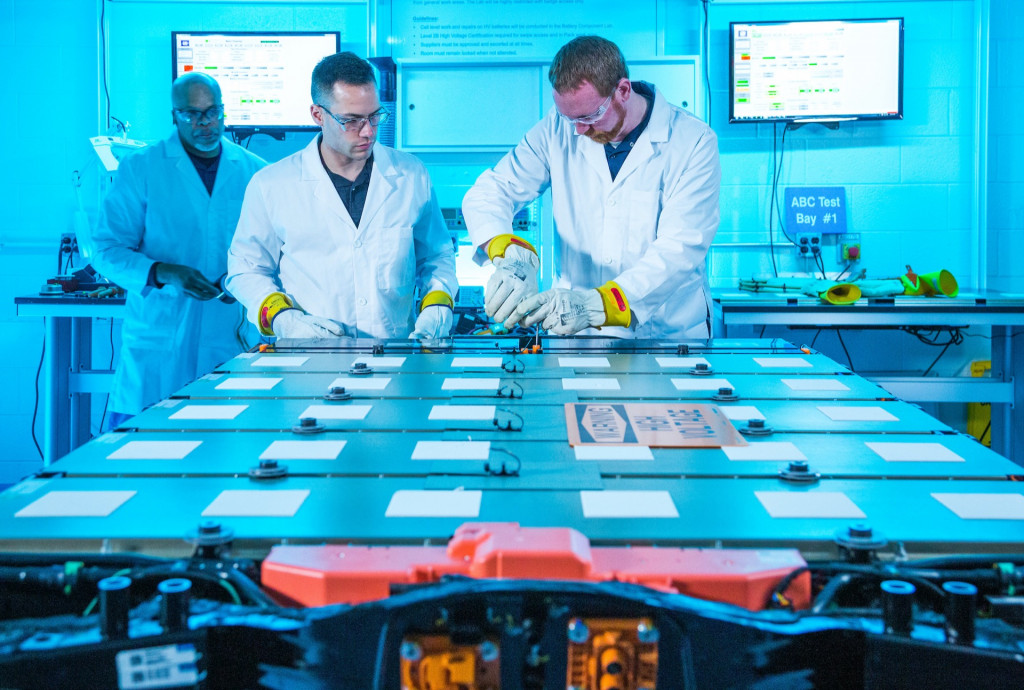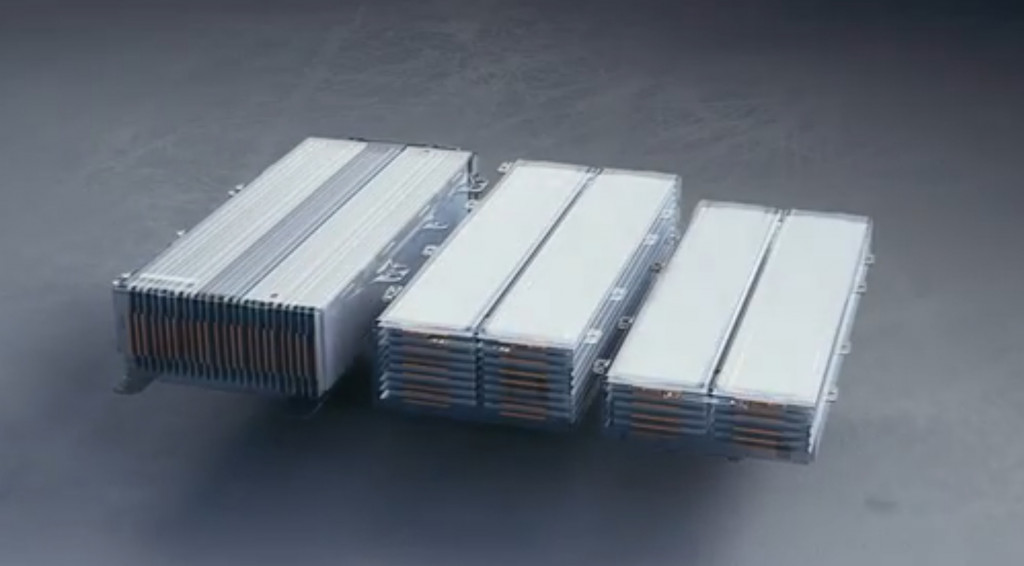General Motors is doing many things different with its Ultium battery and propulsion strategy, which will underpin the GMC Hummer EV first, and then a diversity of electric vehicles from Cadillac, Chevrolet, and Buick—plus Honda and Nikola—by the middle of the decade.
One of them is its battery management system, which GM said Wednesday in a release on the technology behind it, is an industry first.
Developed with Analog Devices, the wireless battery management system (wBMS) is essentially a network of modules. Each battery module contains its own local battery management system and uses the same smart wireless system to tie it all together.

GM wireless battery management system for EVs
As GM has previously said, the pack will have the capability to isolate cells separately or entire modules within the pack.
GM first made references to the wireless BMS at its EV Day in March. Then in a May Q&A session, GM’s global electrification and battery systems director, Tim Grewe, called the system one of the “foundational flexibilities” of the Ultium system.
The layout allows GM to scale its technology across different models and brands, with different cell and module configurations, without redeveloping the wiring and communications protocols each time, GM says. It also makes secondary applications and battery reuse much easier, versus wired systems, as it wouldn’t require a redesigned battery management system. And it reduces wires within the battery packs by up to 90 percent, permitting a cleaner design.

GM Ultium battery
At the heart of the strategy are large-format lithion-ion cells co-developed with LG Chem that are the equivalent of about 20 of the 2170-format cylindrical cells used in the Tesla Model 3 and Model Y. They have an NMCA chemistry—adding aluminum to the cathode versus popular NMC cells—and will be built at an exclusive facility in Ohio.
But to make the system future-proof, the wireless system enables GM to introduce new battery chemistries in the future to production models by merely changing out the modules. It might also permit owners, perhaps, to swap out their modules for advanced ones with more energy density in the future—because the new modules would come with their own new calibration for the wBMS.

GM Ultium battery - cell stacking
Those upgrades could make it possible to hit 600 miles of range by the middle of the decade, GM says, with the substitution of lithium-metal cells that could almost double energy density.
GM noted that the battery management system has protective cybersecurity measures with hardware and software layers, including the protection of wireless communications themselves. Those are part of the architecture for the company’s new third-generation architecture—or what it calls a Vehicle Intelligence Platform.
Over-the-air updates are among the benefits the system adds, GM says—underscoring that there are many more aspects of its next-generation EVs we aren't yet privy to.













